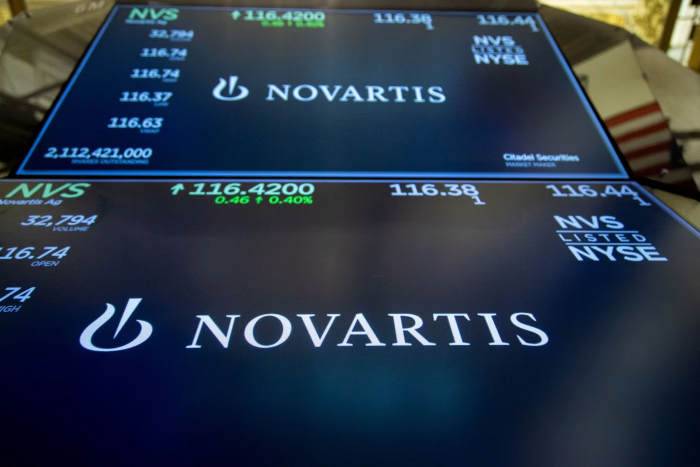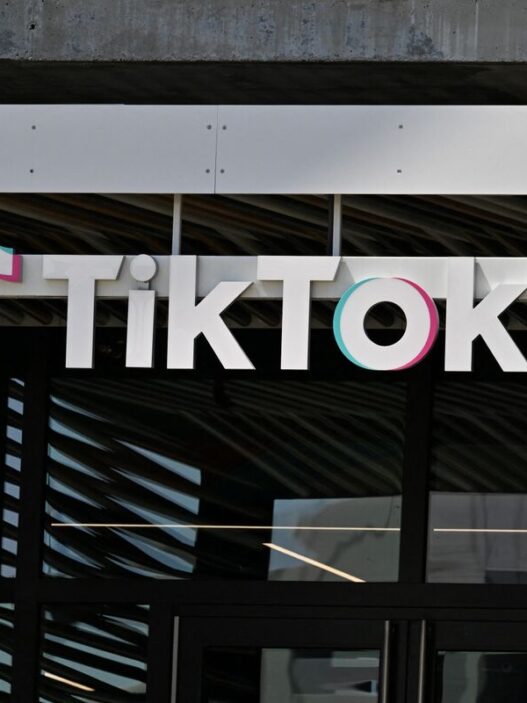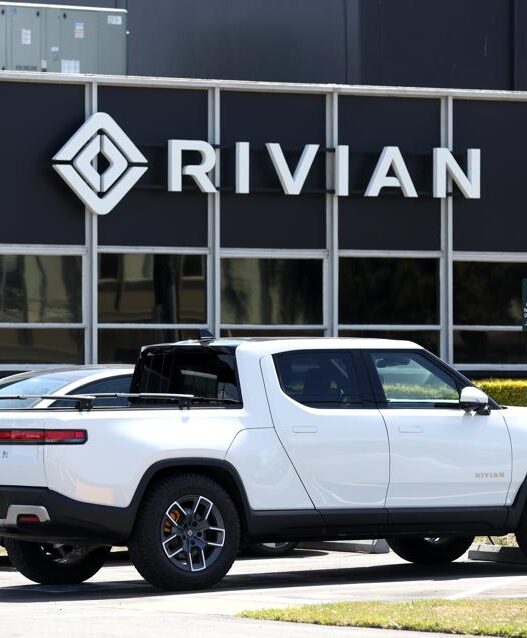Novartis is reportedly in advanced negotiations to acquire Avidity Biosciences in a deal valued at more than $70 per share, signaling one of the most significant biotech transactions of the year and a bold step deeper into the fast-evolving world of RNA-targeted therapeutics. The transaction, expected to exceed $5.5 billion, would strengthen Novartis’s position in precision medicine and rare neuromuscular diseases while expanding its platform beyond traditional pharmaceuticals.
If finalized, the deal would mark a turning point for both companies—Novartis reinforcing its long-term innovation strategy and Avidity gaining the capital and infrastructure needed to commercialize its breakthrough RNA therapies.
Strategic Logic Behind the Deal
For Novartis, the acquisition is not just about adding promising assets—it’s about securing a proprietary delivery platform in a race where big pharma competes to dominate the future of genetic medicine.
Avidity specializes in Antibody Oligonucleotide Conjugates (AOCs), a therapeutic technology designed to precisely target RNA interference within specific tissues. This approach allows RNA-based medicines to reach disease sites that previous generations of therapies could not touch effectively.
With this deal, Novartis would gain:
- A scalable RNA delivery platform
- Multiple late-stage clinical programs
- Expansion into neuromuscular and rare genetic diseases
- A pipeline that complements its strategic focus areas
Avidity’s Breakthrough Pipeline
Avidity has rapidly gained attention for its innovative approach to rare muscle disorder treatments, including conditions previously considered untreatable.
Leading AOC Programs
| Program | Indication | Clinical Phase |
|---|---|---|
| AOC 1001 | Myotonic Dystrophy Type 1 (DM1) | Phase 1/2 |
| AOC 1044 | Duchenne Muscular Dystrophy (DMD) | Phase 1/2 |
| AOC 1020 | Facioscapulohumeral Muscular Dystrophy (FSHD) | Phase 1/2 |
These diseases are genetic and progressively debilitating, often affecting young patients. There are no approved curative therapies, creating substantial unmet medical need—and large commercial potential.
Early clinical results from Avidity have shown functional improvements and target engagement, validating the AOC platform. Analysts believe this technology could open a multi-billion-dollar therapeutic category in genetic neurology.
Why Novartis Is Making a Move Now
The acquisition aligns with Novartis’s long-term transformation strategy—narrower focus, deeper innovation, and targeted growth. After streamlining its portfolio through asset spin-offs and divestments, Novartis has been rebuilding around advanced drug platforms including cell therapy, radioligands, gene therapy, and now RNA medicines.
Avidity brings both near-term assets and platform longevity—the combination Wall Street increasingly demands from biotech deals. Industry analysts see parallels to recent RNA deals by other pharma giants:
- AstraZeneca’s collaboration with Ionis Pharmaceuticals
- Roche’s investment into ribonucleic acid therapies
- Eli Lilly’s multibillion-dollar acquisition of Dicerna Pharmaceuticals
Novartis cannot afford to be left behind in a market shifting from chemistry-driven drugs to modality-based precision therapies.
Premium Pricing Signals Confidence
Reports that Novartis has agreed to pay above $70 per share reflect strong conviction in Avidity’s future. The offer would represent a significant premium over the company’s recent trading range and could rank among the largest acquisition premiums paid in the biotech sector this year.
While some investors may question the risk profile of early-stage RNA platforms, sources indicate Novartis has conducted extensive due diligence on safety data and scalability.
What Comes Next
The transaction—if signed—will require approval from Avidity’s shareholders and regulatory clearance. Integration plans are expected to keep Avidity’s research operations in San Diego, preserving its scientific leadership team and platform independence.
Key upcoming milestones:
- Final agreement announcement anticipated soon
- Clinical data updates from ongoing AOC programs
- Potential regulatory fast-track designations
- Global development strategy release post-close
Market Implications
The acquisition could accelerate consolidation in the RNA therapeutic space, putting pressure on other pharmaceutical companies to secure access to delivery platforms. Investors may see subsequent activity around companies such as Dyne Therapeutics, Silence Therapeutics, Arrowhead Pharmaceuticals, and Wave Life Sciences.
For Novartis, the deal sends a clear message: the future of medicine will be built on precision platforms, not just blockbuster molecules.
Conclusion
If finalized, the acquisition of Avidity marks one of the boldest biotech moves of the year—a high-premium bet on the power of genetic medicine and RNA innovation. With this deal, Novartis positions itself to lead a new category in rare disease therapeutics while building a diversified RNA platform capable of reshaping its pipeline for the next decade.
In a pharmaceutical world racing toward programmable therapies, Novartis is making one thing clear: It is not observing the future of medicine—it is buying it.






















